Research on LED products, technologies and applications by overseas companies, research institutes and universities is in full swing. Only 20 months into 2018, the industry is surprised by the latest products, new technologies and new discoveries in LED markets.
New product
AGC develops new quartz lens to simplify UV LED process
Japan's Asahi Glass Co., Ltd. (AGC) has developed a quartz lens for deep ultraviolet LEDs. It is understood that with this product, the manufacturing process of deep ultraviolet LED can be greatly simplified, and capital investment can be reduced. The prototype will be produced in the third quarter of 2018 and mass production will be scheduled for 2019.
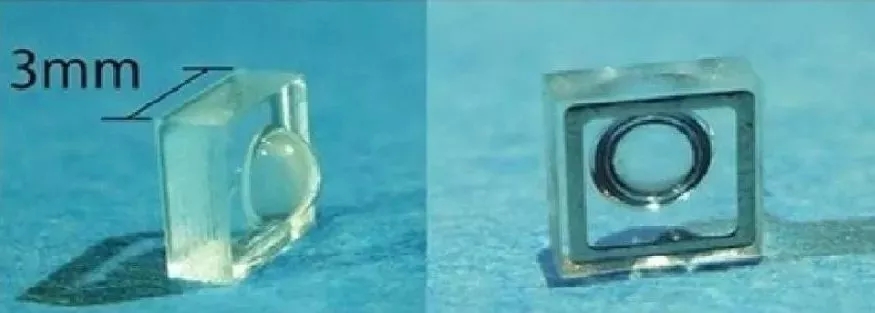
Swiss research: new quantum dots make LEDs brighter and faster
In order to stimulate more colors of light, scientists have been studying Quantum Dots (DQ), and a Swiss research team has discovered that quantum dots of Caesium Lead Halide can make LEDs brighter and lighter faster. .
The quantum dot is a nanocrystal semiconductor material with a diameter of only 2 to 10 nm, which is equivalent to 10 to 50 atoms. The nanocrystals developed by the Swiss research team are composed of bismuth lead halides and arranged in a perovskite lattice (Perovskite Lattice).
One of the researchers, Maksym Kovalenko, a professor at the Federal Institute of Technology in Zurich, said that the nanocrystals can be illuminated quickly by photons. By changing the composition and size of the nanocrystals, Kovalenko can excite different wavelengths of visible light and apply them to LEDs and displays.
Singapore team develops ultra-thin LEDs to help future communication technologies
Scientists at the National University of Singapore have developed energy-efficient Llight Emitting Diodes (LEDs) that are expected to be used in next-generation communication technologies.
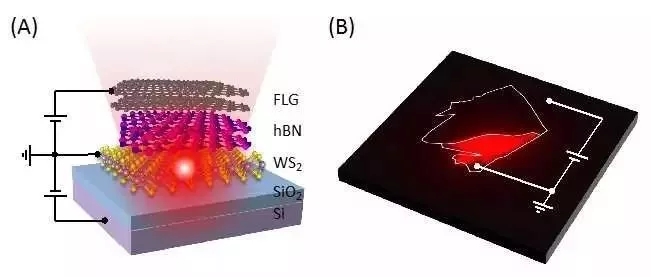
Goki Eda, professor of the Department of Physics and Chemistry at the National University of Singapore, led the research team's successful development of this high-performance ultra-thin LED, which contains only a few layers of carbon atoms, which can effectively reduce the energy lost by the LED in the electro-optical effect. The team found that energy loss can be significantly reduced by preventing current leakage from the Emissive Layer (EML) to the Metal Electrodes.
Studies have shown that a few nanometers of insulation can suppress current leakage without the need for additional resistance. By using extremely thin insulators, the team drastically reduced the current required to trigger LED light by 10,000 times less than two-dimensional semiconductor LEDs.
Japanese researchers develop LED false eyelashes
Japanese NHK reported that Japanese researchers have developed a wireless false eyelash that flashes LED light.
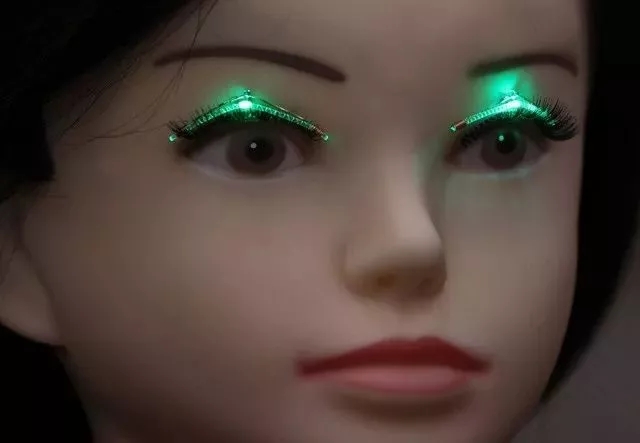
This sample was developed by a research team led by Professor Takakuni Douseki of Ritsumeikan University at the request of a major cosmetics company.
They connected tiny LEDs and a 3 cm long antenna to commercially available false eyelashes.
new technology
Scientists develop new breeding technologies that can significantly increase production with LEDs of specific wavelengths
Recently, scientists from the University of Sydney, the University of Queensland, and the Johanna Center have published a study in the journal Nature Plants, saying that inspired by NASA, they have developed a reference from the "space age." New technology for rapid breeding and yielding of wheat.
Based on a space food production trial conducted by NASA more than a decade ago, the technology relied on strong lighting mechanisms to increase the growth rate and health of crops. Given the better growth of crops in the greenhouses on Earth, scientists have thought of using low-cost, specific-wavelength LED lights to promote crop photosynthesis.
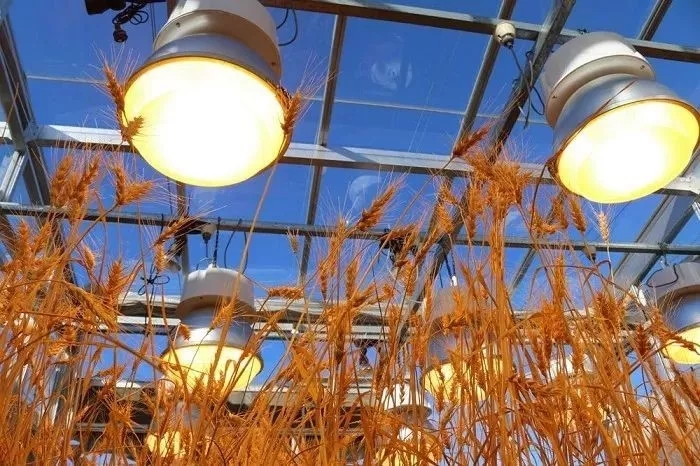
In the paper, they proved that wheat and barley can be at 900 plants/m? Growth under density, which incorporates an LED lighting system. This is an exciting opportunity that is expected to be extended to industrialized large-scale planting.
New discovery
Research found that LED lights can affect milk quality
With the increasing popularity of LED lights, many universities and research institutions have begun to study whether LEDs will affect the quality of milk, but the results of the study are bad news for milk. According to a report by Cornell in the journal Journal of Dairy Science in January this year, LED lighting will affect the taste and quality of milk.
The team asked Fat-Free Milk to test under 2,000 lx LED lights and fluorescent lights, indicating that the photosensitizers such as vitamin B, chlorine and Porphyrin in the milk are stimulated by light. It becomes active and will react with other vitamins and proteins, causing a decline in protein quality, which in turn causes the milk to taste bad.
Among them, the study pointed out that the taste change of skim milk under LED light is more obvious than that under fluorescent light. The researchers said that most of the LED light on the market contains blue light with a wavelength of 460nm to 480nm, and this wavelength is easy. It is absorbed by vitamin B in milk, so it affects the nutrients and quality of milk.
New findings: short-wave UV light can slow the spread of the flu
It is reported that hospitals and laboratories often use ultraviolet light to kill bacteria. However, this method has one major drawback, namely, causing harm to humans. Therefore, ultraviolet light can only be sterilized in an unmanned operating room and an empty laboratory hood.
At present, researchers have found that shorter wavelengths of bactericidal UV light may not harm humans and, according to theory, develop it into a new tool that can be used in schools, crowded aircraft, food processing plants, and even operating rooms and laboratories. Use it in places to slow the spread of the disease.
Ultraviolet light sterilizes by destroying the molecular bonds that bind the genetic material of the bacteria to the protein. Among them, the most commonly used is light with a wavelength of 254 nm, which contains a shorter ultraviolet wavelength, so-called C, however, it can penetrate the skin and eyes, leading to diseases such as cancer and cataract.
To this end, physicist David Brenner from the Columbia University Medical Center in New York led a team to test far-short-wave ultraviolet light that could not penetrate the eye or the surface of the skin for the past four years. The results of the study showed that the far-short-wave ultraviolet light only killed the bacteria on the surface and did not harm the experimental mice.
Astragalus newborn can receive LED phototherapy at home
With the increasing popularity of wearable devices and the Internet of Things, its application range is not limited to 3C consumer products, and more flexible and lightweight wearable smart products will be launched in the future. Recently, students from the University of Rhode Island (URI) will be introduced. The medical jumpsuit combined with LED phototherapy has been developed so that newborns suffering from jaundice can receive phototherapy at home, and doctors can remotely receive their physiological data.
Due to liver or spleen problems, patients with jaundice cannot normally metabolize bilirubin in the blood, causing yellowing of the eyeball and skin. At present, the mainstream treatment of jaundice is "phototherapy box", which uses the light inside the box to break down bilirubin, but the internal baby can not be in contact with the parent during treatment, and protective glasses are needed to protect the eyes.
The wearable device called "Jaundice Suit" is a baby jumpsuit with hundreds of LED lights that can cover the baby's arms, legs and torso, and the jumpsuit can be networked and collect physiological data of the human body. The internal LED lights can also be controlled remotely. Researcher Joshua Harper said the device compensated for the lack of equipment in the past.
Using special LED lights, the time for growing wheat can be halved
Scientists have discovered a method of growing wheat that grows twice as fast as normal, contributing a little to the world's rapidly growing population.
Dr. Wulff said: "We urgently need to develop crops that better adapt to the future climate, race against time, and produce better crops. These new crops will be affordable, nutritious, and more productive. To help feed the growing population of the world."
It is understood that these crops are also larger and healthier than crops under normal growing conditions. The researchers used LED lights to emit the blue and red light needed for plant photosynthesis. Most of the laboratories and greenhouses use sodium-vapor lamps like street lamps.
New experiment
Is the operating room green? It turned out to be reasonable...
A Danish hospital is experimenting with saturated colors in the operating room to reduce the fatigue of surgeons and nurses during major operations and to improve visual comfort.
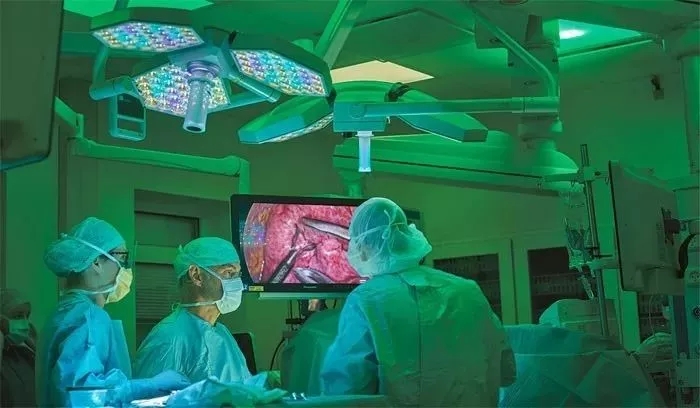
The Danish hospital is the Aarhus University Hospital, with a keyhole operating room with adjustable LED panels and a central downlight consisting of an array of LEDs. Green light is used during the keyhole surgery to reduce fatigue, while in the open surgery, high color rendering cool white light is used.
Blu-ray can reduce crime and suicide?
After installing blue lights on Buchanan Street in Glasgow, Scotland, the crime rate dropped. At a railway station in Tokyo, the problem of suicide was serious. After installing the blue light, the death of the track jump completely stopped. At the Gatwick Airport train station outside London, for the same reason, a large-scale trial is being installed to install the blue light.
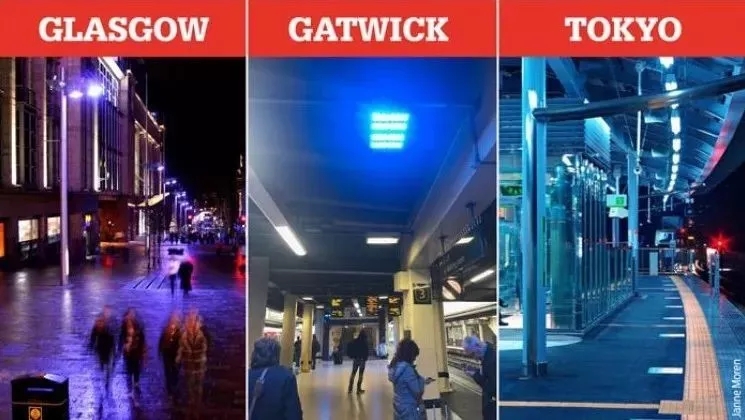
The British traffic police were very interested in this and investigated the phenomenon. Suicide and crime are just one of their concerns. The British police and local governments have been using blue lights in public places for years to reduce intravenous drug use. They want to understand the effects of Blu-ray on this and other applications.

High Speed Edge Sealing Machine
High Speed Edge Sealing Machine,Woven Bag Small Sealing Machine,Household Woven Bag Sealing Machine,Fully Automatic Woven Bag Sealing Machine
Dongguan Yuantong Technology Co., Ltd. , https://www.ytbagmachine.com